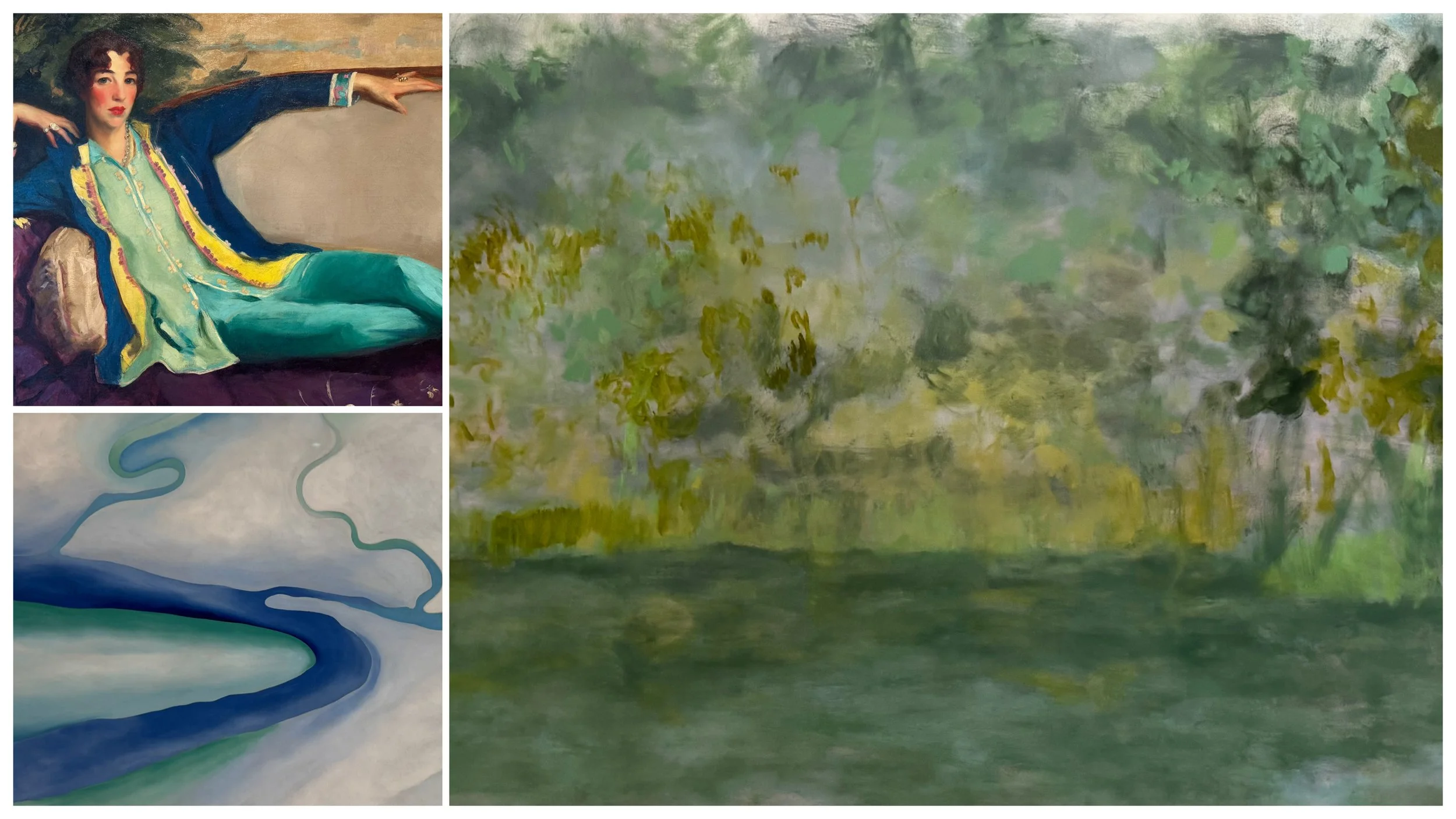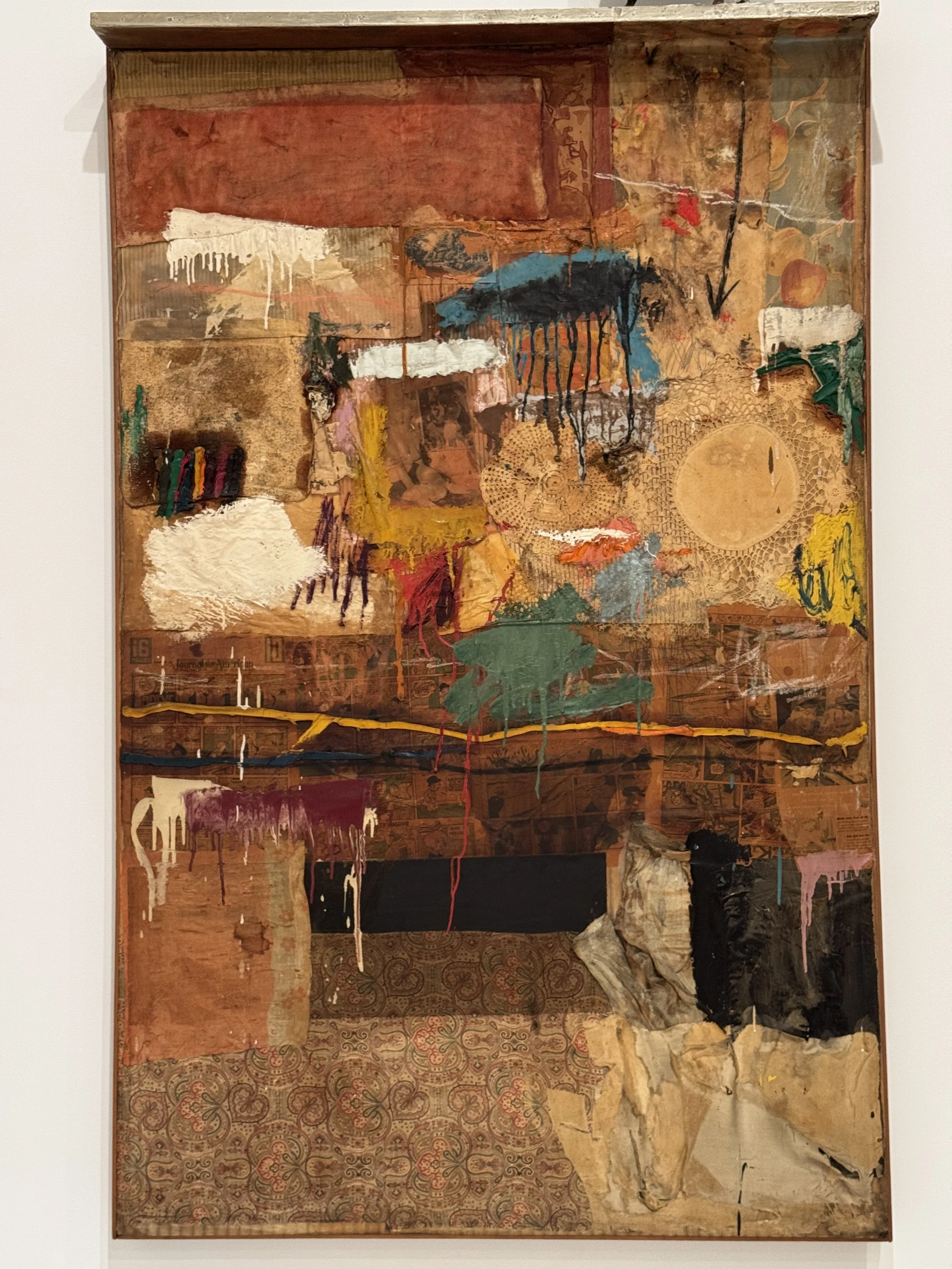How to Look at Art
Inspired by Bianca Bosker’s Get the Picture and my visit to the Whitney Museum. There’s an art to looking at art…
In 2005, I visited the Frida Kahlo exhibit at the Tate in London. I was so looking forward to experiencing her work in person for the first time, that I was determined to soak up every detail. Once there I read every wall label, every biographical note, every little plaque beside the paintings. By the time I reached the end of the exhibition (there were still two rooms left with what I remember to be dozens more paintings) my eyes and brain were saturated.
A few years later, I came across an article about how to view art, I think in the New York Times, and it started to change how I approached looking at art in museums and gallery settings. Basically, “Don’t try to see everything. Instead, stop at what draws your eye and spend time there.”
That simple idea reshaped how I move through museums. I let myself wander. I skip a lot of artworks and pause only when I feel a pull, a curiosity or unexpected attraction to a work of art. When I do stop, I try to spend more than the average 30ish seconds looking at the piece. I notice how it makes me feel, what details I’m drawn to, and what questions come up.
Fast forward to now, and after reading Bianca Bosker’s Get the Picture: A Mind-Bending Journey Among the Inspired Artists of the Art World, I was reminded of why this way of seeing feels right. Bosker talks about learning to look closely, to observe before labeling, and to connect with art in a more embodied, instinctive way.
Here are some of her suggestions:
· Beauty matters — don’t dismiss it. Bosker argues that beauty has been de-emphasized in art discourse, but that finding beauty (or being drawn) in a work is valid and important.
· Slow down and stop at what draws you in. Spend time with it, five minutes, maybe ten (she spent 40 minutes looking at one piece!).
· Hold off on reading the title, description, wall label until after you’ve spent time looking. Notice what pulled you in. The color, the scale, the emotion, or it could be not knowing what it was about. Let your eye rest, let the colors, textures, forms, spatial relationships engage you.
· Then read the label and see what changes.
During my recent visit to the Whitney Museum of Art in NYC, I tried some of her suggestions. I resisted the urge to read the titles or descriptions and instead let my eyes lead. I invite you to view some of the works I was drawn to from my Whitney visit, and to try out Bosker’s suggestions with me in my new YouTube video: How to Look at Art.





